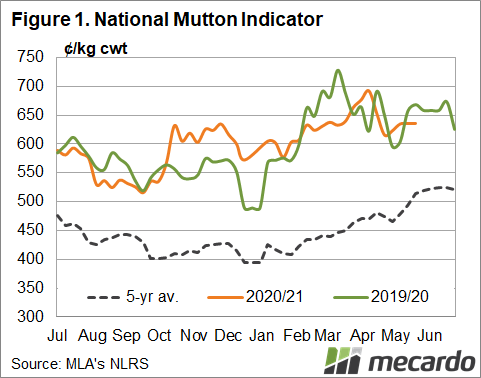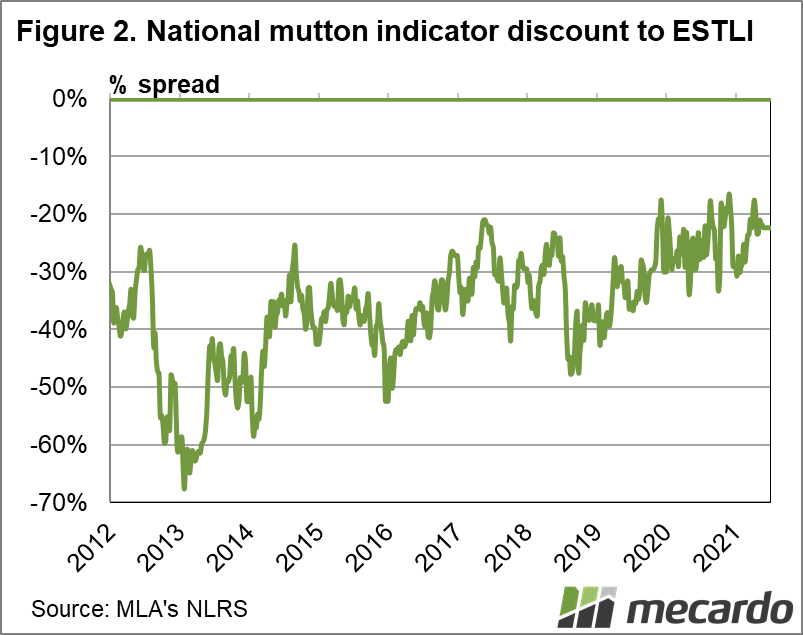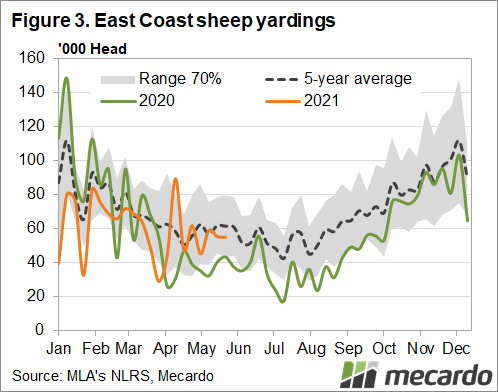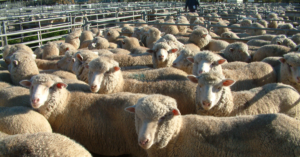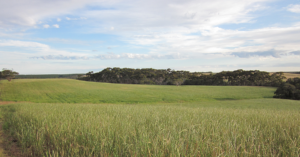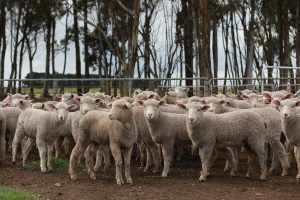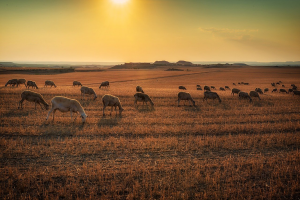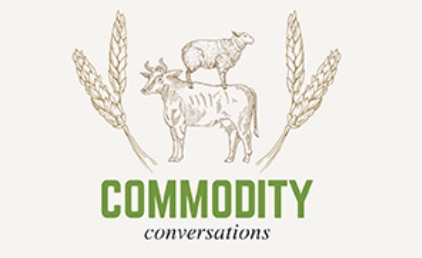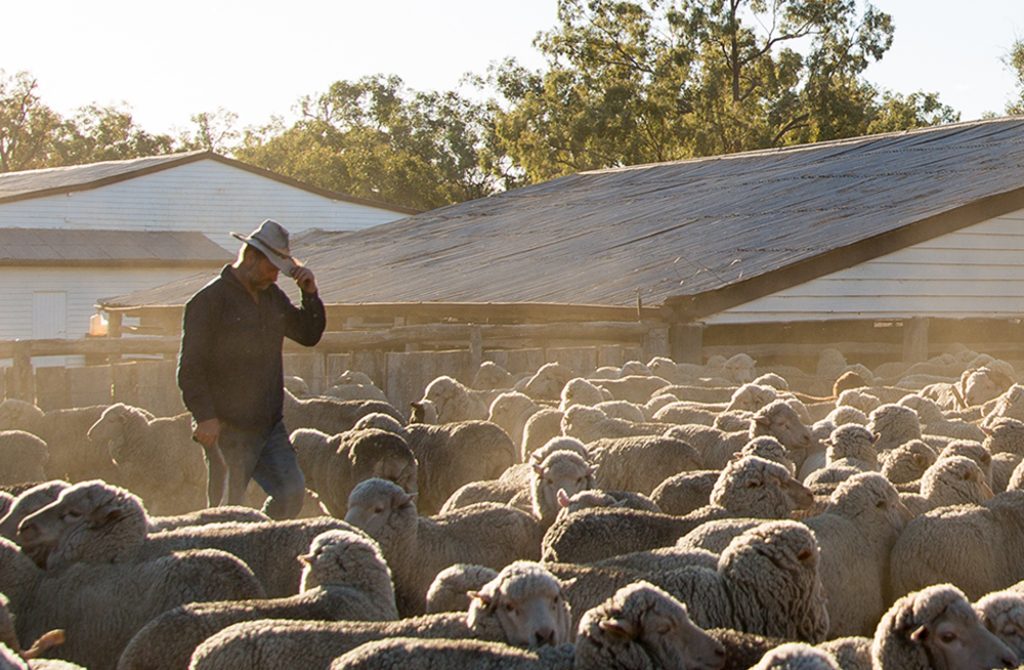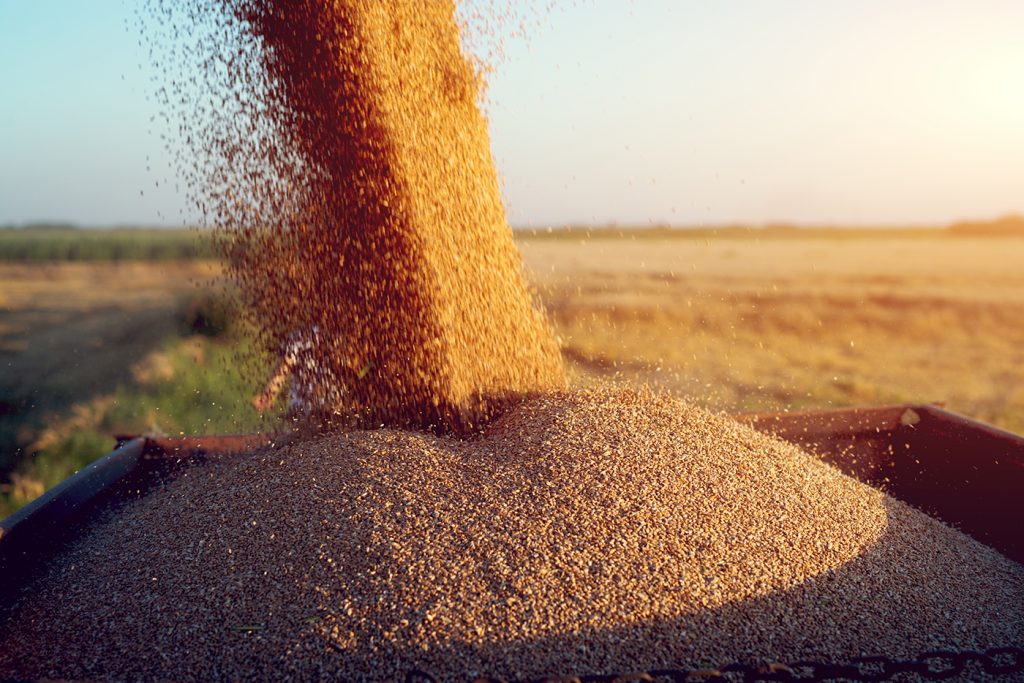The buzz may have gone out of the restocker ewe price (except for recent shedding breed bonanzas) as producers accept the ‘new normal’ for replacements, but the mutton job is keeping trade-in scenarios very favourable.
The National Mutton Indicator closed last week at 651ȼ /kg carcass weight, just 1 per cent down on the same time last year, and still substantially higher than the five-year average. The NMI to Eastern States Trade Lamb Indicator spread is sitting at about 22 per cent, having dropped as low as 17 per cent in April. While this isn’t out of the ordinary for the past 18 months, pre-2020 that spread was more regularly between 30 and 40 per cent.
High mutton prices do come hand-in-hand with a restocking phase, but the lack of supply hasn’t been the driving force for the past two months. Eastern states sheep yardings are currently 11 per cent lower for the year-to-date compared to 2020 (according to Meat and Livestock Australia weekly data), but for the past eight weeks yardings have been higher year-on-year. Figure 3 shows us sheep yardings have been back within the 70 per cent range of the five-year average.
Sheep slaughter in the east is down 6 per cent for the year so far, and similarly weekly totals have been well up for the past seven weeks (by roughly 30 per cent). Alternatively, weekly AuctionsPlus numbers for sheep and lambs have been smaller for the past five weeks.
A look at the different price indicators shows over-the-hook returns nationally, while still lower than the saleyard price, hit a record high monthly average in April, and then again in May (636.20ȼ /kg for 18-24kg sheep. The national saleyard indication for mutton averaged 639ȼ /kg in May, down 10ȼ /kg from April, but up 9ȼ /kg on the same month last year.
Breaking it down further, the WA mutton price at the saleyard of 556ȼ /kg (May average) was on-par with 2020, while in the eastern states, the May average of 659.67ȼ /kg was about 15ȼ /kg lower year-on-year. Prices for Merino wethers and non-mated ewes of all breeds were on the increase on the box last week, up between $26 and $42/head.
What does it mean?
In May, mutton exports rose year-on-year for the first time so far in 2021, and were back within 12 per cent of the five-year-average. Team this with the price remaining firm despite higher supply over the past two months, and June traditionally being mutton’s most expensive month (the five-year-average is at its highest by 4 per cent), and it could be a good time to turn-off any under-performers instead of feeding them through the winter.
Have any questions or comments?
Key Points
- Mutton prices remain historically high despite year-on-year rise in eastern states’ yardings and slaughter for the past two months.
- Over-the-hook national mutton indicator reached its highest ever monthly average in May.
- There’s room for upside as mutton money seasonally moves higher in June.
Click on figure to expand
Click on figure to expand
Click on figure to expand
Data sources: MLA, Mecardo





